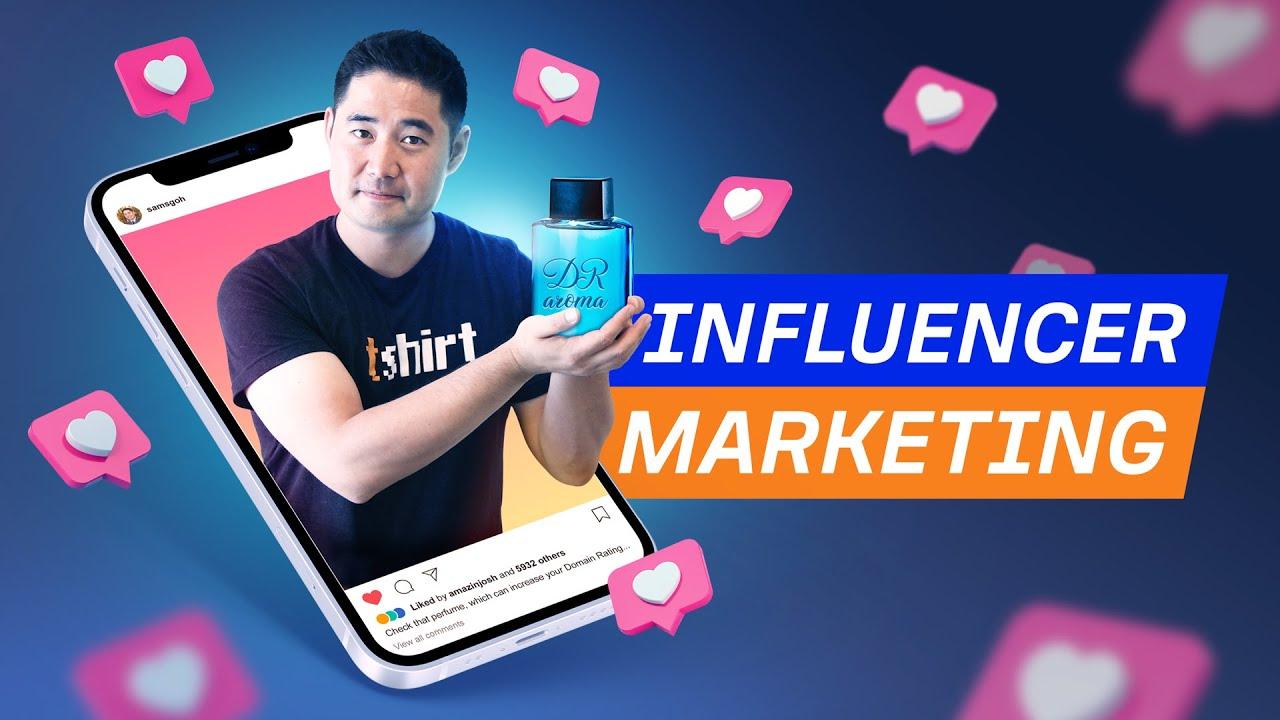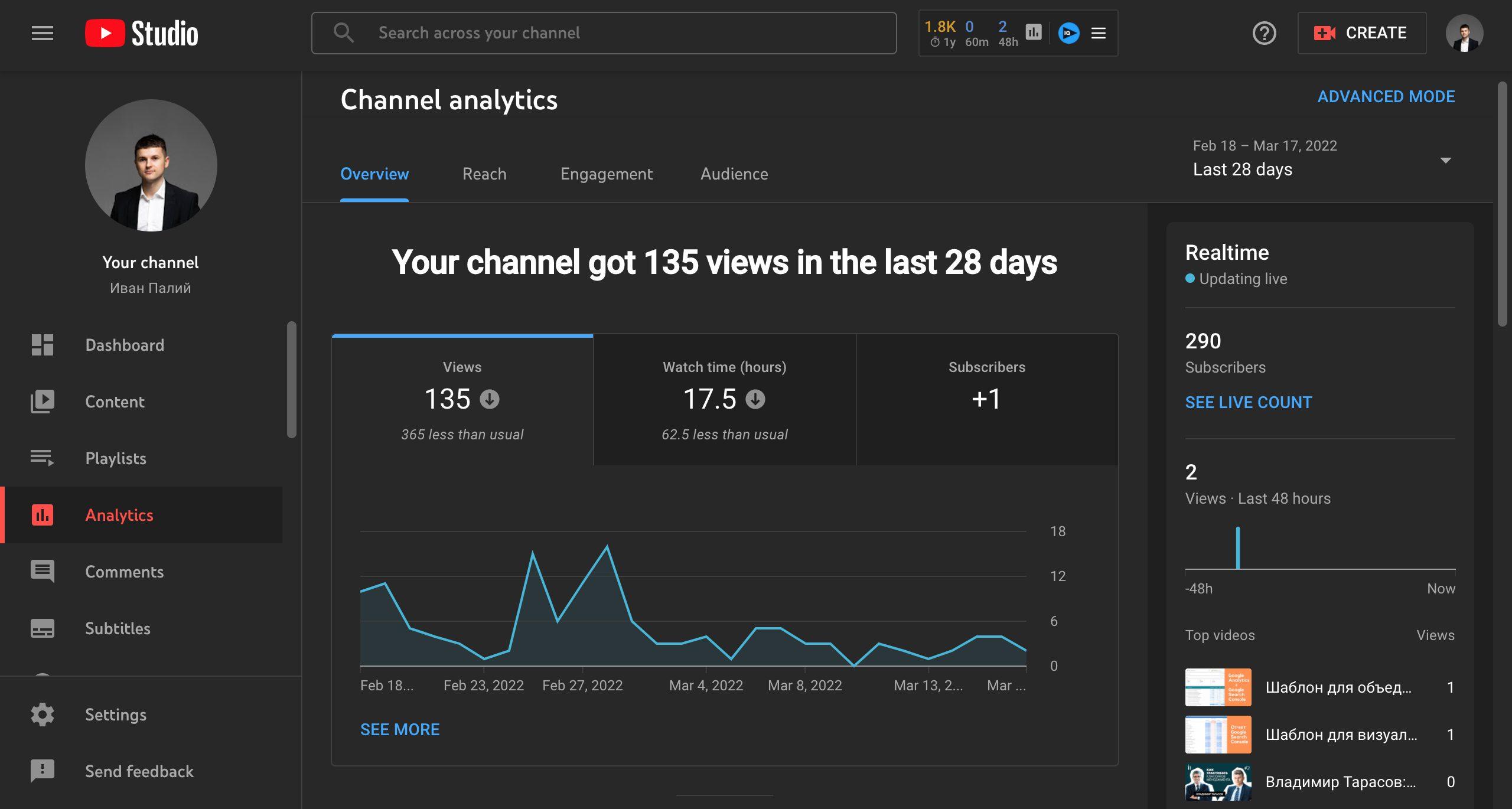Navigating the Law: YouTube influence in Marketing
In the digital age, where creativity meets technology, YouTube has emerged as a transformative platform for both content creators and marketers alike. With over two billion active users, the video-sharing giant offers unparalleled reach and engagement, making it an appealing space for brands to connect with audiences.however, as the influence of YouTube marketing grows, so dose the complexity of the legal landscape that surrounds it. From copyright issues to disclosure requirements, navigating the intricate laws governing this influential platform can be daunting for marketers seeking to harness its potential.In this article, we will explore the myriad legal considerations that arise when engaging with YouTube influencers, providing valuable insights for brands looking to leverage this powerful medium while staying compliant and ethical. Join us as we uncover the intricate dance between law and influence in the realm of online marketing.

Understanding YouTubes Legal Landscape for Influencer Marketing
For influencers leveraging YouTube as a marketing platform, understanding the intricate legal landscape is essential.With the rise of digital marketing, several laws and regulations have emerged to govern advertising clarity and consumer protection.Key regulations include the FTC Guidelines, which mandate that influencers disclose their relationships with brands, ensuring viewers are aware of paid endorsements. Additionally,YouTube has its own set of community guidelines and policies that govern the content creators,emphasizing compliance with copyright laws. This complex web creates a responsibility for influencers to not only produce engaging content but also to maintain ethical standards.
To adequately navigate these regulations, influencers should familiarize themselves with a few critical points:
- Disclosures: Clearly disclose sponsored content, partnerships, or affiliate links in video descriptions or verbal acknowledgments.
- Copyright: Ensure all music,graphics,and any third-party content used fall under fair use or are properly licensed.
- Data Protection: Respect user privacy and comply with laws regarding data collection and storage.
| Legal Aspect |
Requirements |
| FTC Guidelines |
Disclosure of Paid Partnerships |
| YouTube Copyright Policies |
Ownership or Licensing of Content |
| Consumer Protection Laws |
Truthfulness in Advertising |

Best Practices for Complying with Advertising Regulations
Complying with advertising regulations is essential for sustaining credibility and maintaining a positive reputation within the digital landscape. To achieve this, brands and influencers must ensure transparency by openly disclosing any paid partnerships or sponsorships. Here are some essential practices to consider:
- Utilize Clear Language: Always use unmistakable terms such as “advertisement,” “sponsored,” or “paid partnership” to define your relationship with a brand.
- Implement Hashtags: Use hashtags like #ad or #sponsored in your post to signify promotional content explicitly.
- Follow Platform Guidelines: Familiarize yourself with the specific advertising policies of platforms like YouTube, as they may have unique requirements.
Maintaining meticulous records of sponsored content can also be beneficial. documentation should include contracts, dialog with brands, and even performance metrics of posts, as these can serve as crucial evidence in case of disputes. Consider setting up a simple tracking table to keep everything organized:
| Brand |
Campaign Date |
Post Link |
Disclosure Method |
| Brand A |
jan 15, 2023 |
Link |
#ad |
| Brand B |
Feb 10, 2023 |
Link |
Sponsored Post |

Strategies for Building Authentic Relationships with Your Audience
To cultivate genuine connections with your audience, focus on transparency and consistency. By being open about your journey, challenges, and successes, you invite your audience into a more intimate understanding of your brand. Sharing behind-the-scenes content,personal anecdotes,or even lessons learned can foster trust and loyalty. Consistency in your messaging and content delivery also plays a key role; when audiences know when to expect new content,they are more likely to engage and interact. This reliable rhythm builds familiarity, making your audience feel valued and appreciated.
Engagement is another critical component of fostering authentic relationships. Encourage your audience to share their thoughts and feedback through comments, polls, or live Q&A sessions. By actively responding to their input, you demonstrate that their opinions matter and you are listening. Utilize engaging visuals and storytelling techniques to enhance these interactions and maintain interest. Consider integrating user-generated content, where followers can share their experiences with your brand, thus turning them into advocates. this strategy not only builds a strong community but also leads to organic growth as your audience shares their connections with others.

Leveraging YouTube Analytics to Enhance Marketing Campaigns
Understanding viewer behavior is crucial for optimizing your marketing strategies, and YouTube Analytics provides a wealth of data that can significantly enhance your campaigns. By diving into metrics such as watch time, audience demographics, and engagement rates, marketers can pinpoint the content that resonates most with their target audience. This enables informed decisions on what types of videos to create, when to post, and how to refine messaging to fit the interests and preferences of viewers. Utilizing this data effectively allows brands to tailor their marketing approaches to better align with audience expectations, thereby increasing the likelihood of higher engagement rates.
Moreover, YouTube Analytics allows businesses to track the performance of their marketing campaigns over time, offering insights on trends and viewer retention. Key performance indicators such as click-through rates and average view durations can be translated into actionable strategies. For instance, if a specific campaign results in a important spike in subscriber growth, it can be highlighted as a successful strategy to replicate in future initiatives. Additionally, examining the performance of competitor channels and benchmarking against them can further refine your market position. Here are ways to leverage this data:
- Identify high-performing content: focus on videos with the most engagement to replicate success.
- Optimize content delivery: Use insights on the best times for viewer engagement to schedule uploads.
- Audience segmentation: Tailor marketing efforts based on detailed demographic analytics.
Key Takeaways
As we conclude our exploration of “Navigating the Law: YouTube Influence in Marketing,” its clear that the intersection of content creation and legal compliance is a dynamic landscape, constantly evolving alongside the platform itself. YouTube influencers wield immense power in shaping consumer perceptions and driving brand engagement, but with this influence comes the responsibility to navigate a myriad of regulations and ethical considerations.
Understanding the legal framework not only protects creators and brands but also ensures that audiences receive obvious and genuine content.Whether you’re an aspiring influencer, a seasoned marketer, or a curious consumer, awareness and adherence to these guidelines will foster a healthier digital ecosystem.
As we move forward in this digital age,let us embrace the creativity and innovation that comes with YouTube marketing while remaining vigilant stewards of honesty and accountability. The journey might potentially be complex, but with the right knowledge, it can also be immensely rewarding. Here’s to crafting compelling narratives that resonate, engage, and inspire—all within the boundaries of the law. Happy navigating!




